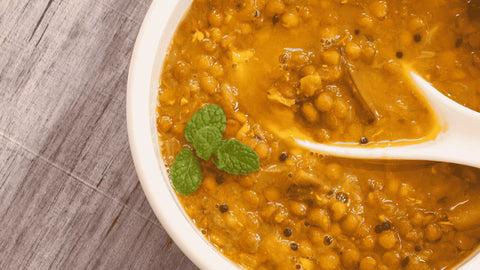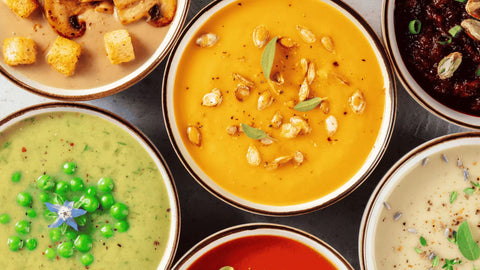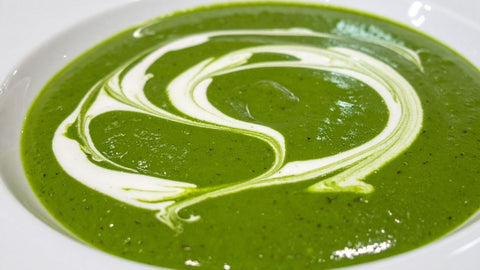
🎃 Ripe Squash: 5 Tips for a Perfect Harvest
Quick answer: To know if a squash is ripe or not, observe its color which should be very bright, the stem dried out, a hard and matte skin, a corky stalk, and listen for a hollow sound when tapping it. A squash harvested at the right time keeps better and offers more flavor! 🥗
Tip #1: Color and skin 👀
Take a good look at the color of your squash: it should be deep, uniform, and true to the variety (for example, golden beige butternut squash , bright orange pumpkin). If the skin is too shiny, or the color remains pale or mottled, the squash is not quite ready. The skin should be matte and hard , impossible to scratch with your fingernail. Test: if you press gently with your fingernail and it marks, wait a little longer! 🥄
Tip #2: The stem and the peduncle 🌱
Look at the stem: it should be corky, dry and well cracked . A stalk that is still green or juicy indicates a squash that continues to ripen. For the Lorraine pumpkin or the butternut squash, the stem becomes noticeably woody when it is ready. When cutting with pruning shears, keep 4 to 6 cm of stem for better preservation! 🌞
Tip #3: The hollow sound 🔊
A gardening classic: tap the squash with the palm of your hand. If it makes a hollow, dull sound , you've won! If the sound is "full," the flesh is still immature. This trick works for most squashes (pumpkin, squash, butternut squash), but less so for smaller varieties like pattypan squash.
Tip #4: Leaves and the climate 🍂
When the leaves turn yellow, dry out , and growth slows, it's often a sign that the plant has given all it could. Be careful, though: if a severe cold or rainy spell arrives, it's better to harvest a little early than risk losing your squash to frost! Then store it in a dry, sheltered place to finish ripening slowly. 🥕
Tip #5: Storage and tasting 😋
A squash picked too early doesn't keep well and has little flavor. Pick it when ripe, let it dry for a few days in a dry, ventilated place (garage, garden shed, etc.). It will keep for several weeks, even months! Take advantage of this time to cook gratins, soups, or put it in the air fryer for healthy fries. 👨🍳
How to store your squash properly after harvesting
Store your squash in a cool, dry, and ventilated place (12–15°C), never in a damp cellar. Avoid the refrigerator unless the squash is already cut. Placed on a shelf, without contact between them, they can be easily stored until spring. To learn everything about storage, check out this expert guide on harvesting and storing squash ! 🧤
FAQ – Ripe or not ripe squash?
Can you speed up the ripening of a squash?
Yes! If the weather forecast predicts frost, harvest any squash that isn't quite ripe, including the stem. Place them in a warm, bright room and they will ripen in 1 to 2 weeks. Keep a close eye on them to prevent rot!
What to do if the squash is cut too early?
It doesn't keep as long and can lack flavor. Use it quickly in soup, puree or gratin, or cook it in the air fryer to enhance it! 🔥
Is squash poisonous when unripe?
No, but the flesh is often tough, stringy, and bitter. Be careful: if it tastes very bitter, avoid eating it, as this may indicate too much cucurbitacin (rare, but better to be safe)! 🍽️
How to choose the best squash at the market?
Choose a heavy squash with hard, matte skin, without spots or soft spots. Choose local, seasonal produce, such as Lorraine pumpkin or Neary butternut squash for flavor and freshness. 🛒
Can you eat the skin?
On some varieties like pumpkin or butternut squash, yes! The thin skin becomes tender when cooked. Brush it well and cook it whole for even more fiber and flavor. 👍








Are you unsure: is your squash ripe or not? Autumn is coming, your plants are full of pumpkins, butternut squash, pumpkins... But how do you know when it's time to pick them? Don't panic! Here's a friendly and expert guide to recognizing a ripe squash and ensuring a successful harvest every time. We promise, you'll never taste a bland or stringy squash again! 🍁